Mercury Detector

The Bureau of Mines recognized the need for a high-sensitivity mercury detector years ago and undertook the development of such an instrument at the Denver research facility. Although the detector has been used primarily in mining applications, the instrument could readily be adapted for use in pollution measurement. The amplifier circuit is designed for use […]
Drop Weight Impact Tester

For many years, the impact test has been one of several techniques used to determine explosive sensitivity. This test has provided a useful index having practical value; however, it provides only an ordering of the sensitivities of a series of materials and, because of a lack of standardization in apparatus design and test conditions, comparison […]
Classification Solid and Liquid Oxidizers
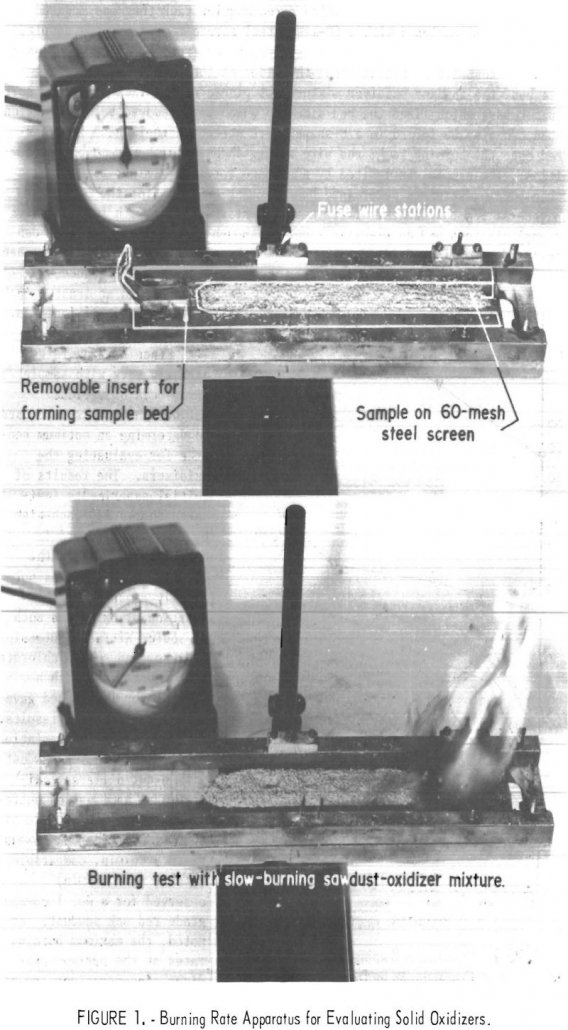
We recently prepared recommendations on methods of evaluating and classifying flammable liquids and solids for use in government transportation regulations. This report is the third in this series and describes the classification of oxidizing materials which are defined in the transportation regulations as substances that can yield oxygen readily to stimulate the combustion of organic […]
Permanent Magnets
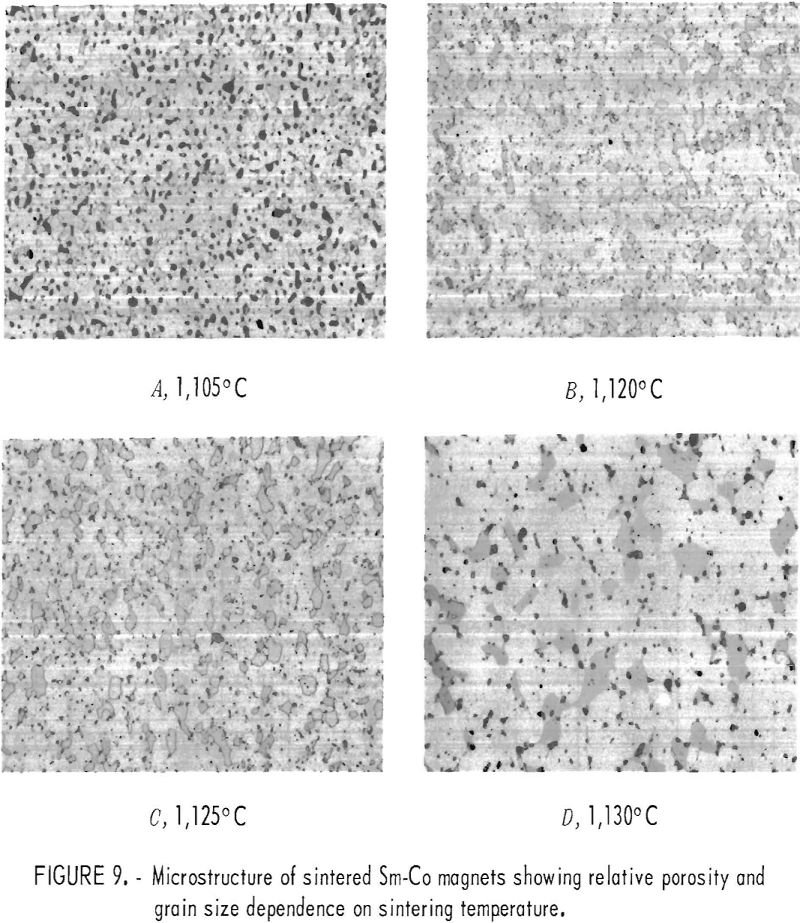
The magnetic properties of rare earth-cobalt intermetallic compounds have been studied by various investigators. It was not until Strnat and Hoffer investigated single crystals of YCo5 and reported an extremely high magnetocrystalline anisotropy that systematic studies of the magnetic properties of rare earth-cobalt alloys were undertaken. These studies determined that RCo5 compounds (R = one […]
Rock Failure Tilt Precursors
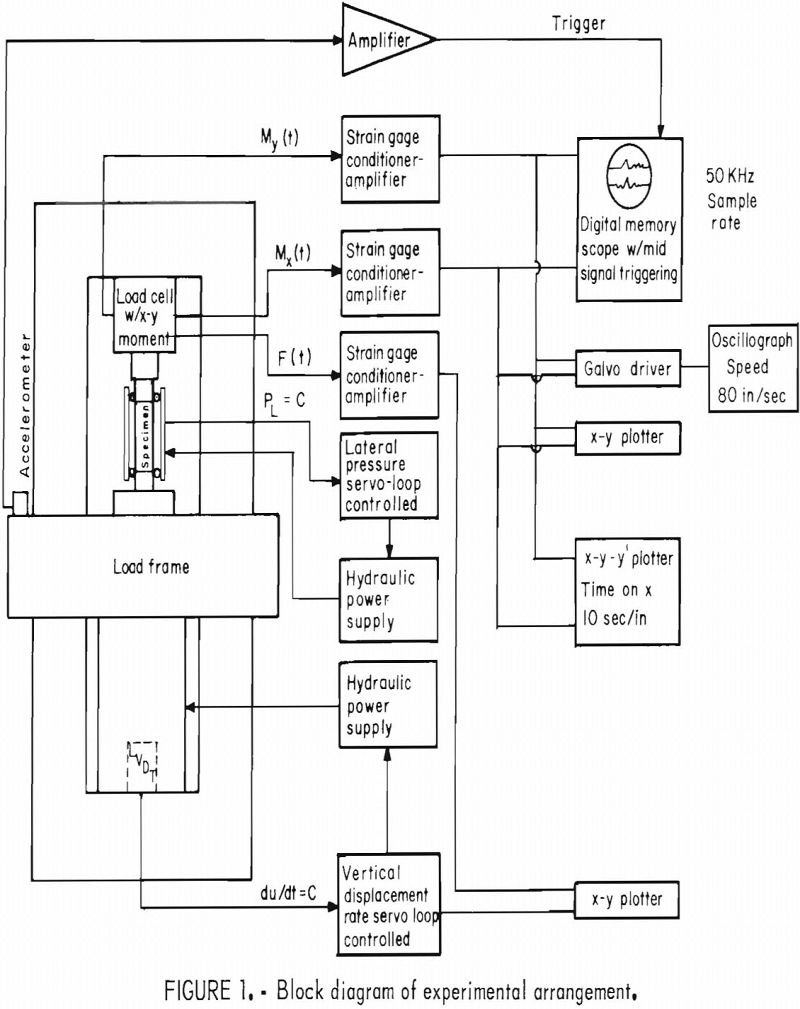
A scale-invariant theory of rock failure has been proposed that predicts precursor effects prior to failure, such as anomalous VP/VS behavior and tilt, will occur in either dry or wet rock. Because the theory is scale invariant, these effects are predicted to occur on the laboratory scale over a time interval of a few milliseconds […]
Rock Sample Nondestructive Evaluation

As part of a program on mine safety directed by the U.S. Bureau of Mines, the Oak Ridge National Laboratory (ORNL) studied radiographic techniques on specimens of stressed rock. This phase of the program on mine safety is related to the structural integrity of the roof of the mine. A common practice for roof support […]
Metallurgical Plant Sampling Techniques

Concentrator Slurry Sampling In milling operations sampling is essential to proper control. This can only be based on the results obtained through sampling the various materials throughout a plant. Sampling of the feed, concentrates, tailings and other products give data indicating the effectiveness of the entire operation. Often these results are desired for comparative purposes for each […]
Tube-Furnace Method for Rapid Determination of Sulfur in Coal
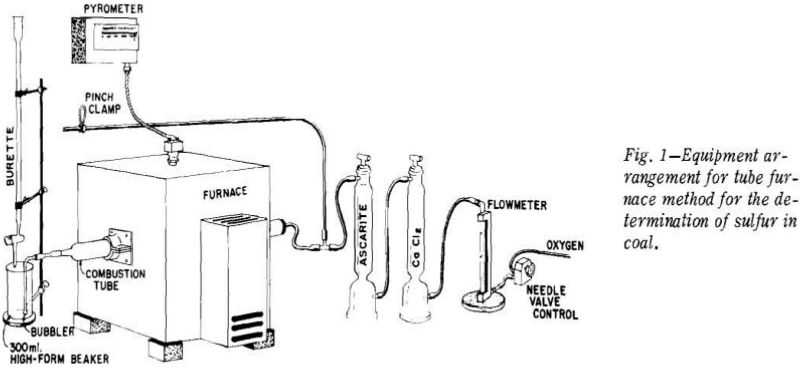
Subsequent to the work of A. Vita in 1920, a number of investigators have published data dealing with the rapid determination of sulfur in coal using a high-temperature combustion furnace. These, together with several unpublished methods, involve wide differences in technique although they are all similar in principle. . Materials and Experimental Work A metered […]
Determining the Tensile Strength of a Rock
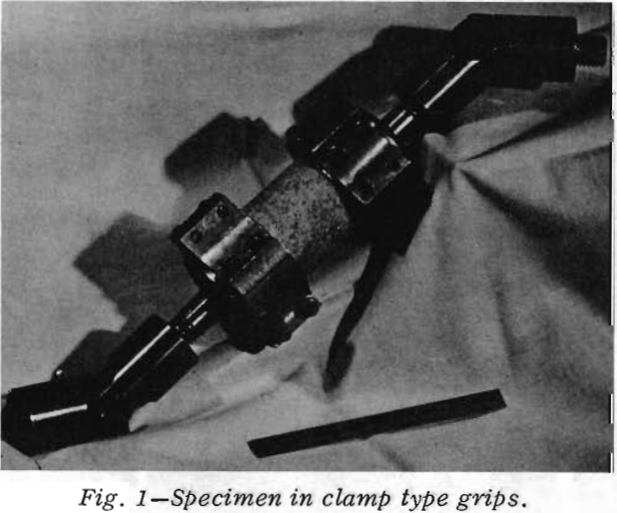
The tensile strength of rock is its weakest property, and this property apparently enters into all failure phenomena, whether underground or on the slope of an open pit. Therefore, it is essential that detailed quantitative information is known about the tensile strength of rock if the design engineer is going to select the proper pit […]
Merrill Crowe Laboratory Testing Procedure
Efficient Merrill Crowe precipitation of gold and silver is dependent upon the proper control of certain physical and chemical properties of the solution. The most important of these properties are listed below: Suspended solids: such as ore slime and precipitates of calcium carbonate, with hydrates of aluminum, magnesium and iron, present in the pregnant solution […]
